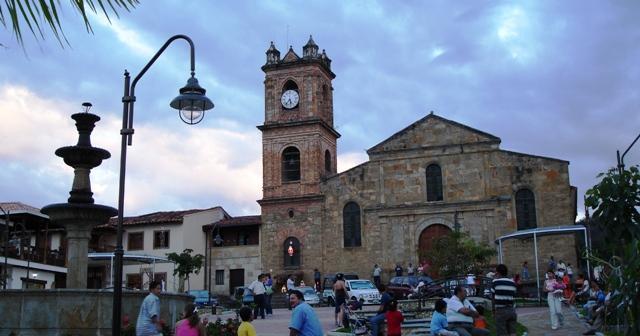Socorro, Santander, Colombia
Suggest Place to Visit
1070
Track to location with GPS |
 |
Socorro was founded on March 16, 1681 by Don José de Archila and Don José Díaz Sarmiento, obtaining a parish the following year and city statute in 1771, with the name of "City of Our Lady of Socorro de Cossio y Otero." It was the capital of the State of Santander between September 14, 1861 and March 24, 1886.
The municipality had a great influence on the history of Colombia. There began the Revolution of the Communards of 1781, against the oppression of the Spanish empire.
Its territorial limits are to the north with the Municipalities of Cabrera and Pinchote; to the south with Confines and Palmas del Socorro; to the east with Páramo; to the west with Simacota and Palmar.
El Socorro is a municipality in the department of Santander, founded in 1681. It is located 121 kilometers from Bucaramanga.
The vast majority of the area where Socorro is located corresponds to the climatology that occurs in premontane humid forest (1,200 to 2,000 meters above sea level) and tropical dry forest (900 to 1,200 meters above sea level). The maximum temperature reaches 48 ° C and the minimum 11 ° C, with an average of 24 ° C, the rainfall is accentuated between the months of April and October, while the season between the months of January and March is the most dry.
Its territorial limits are to the north with the Municipalities of Cabrera and Pinchote; to the south with Confines and Palmas del Socorro; to the east with Páramo and to the west with Simacota and Palmar.
Total extension: 122.1 km²
Urban area extension: 219.5 ha
Rural area extension: 11,990.5 ha
Altitude (meters above sea level): 1,230 masl
Average temperature: 24 ° C
Reference distance: 364 km (6 h) from the Capital of the Republic and 121 km (2.30 h) from the Capital of the Department.
The economic structure of the municipality has as first place the agricultural production, having as main productive activities the cattle ranch and the agriculture.
farming
Crops of cane, coffee, citrus, beans, corn, tobacco, banana, cassava, tomato, pea, paprika, kidney bean; as well as most vegetables, legumes, aromatic and medicinal plants among other crops.
Cattle raising
In cattle there are breeds of zebu, beefmaster, brown, Swiss, Holstein, Chinese Santander, stallion, normed, and important crosses with Creole animals.
In pig farming there are the landrece, yord, pietrain and duroc breeds.
In goat farming, Nubian, Alpine, Togenbur and Creole breeds.
In fish farming with mojarra, cachama, tilapia, bocachico.
In poultry farming with broilers and laying hens.
In beekeeping, Africanized crosses are handled with good flora conditions for the production of wax honey, pollen, propolis, royal jelly and other by-products. In the same way, there are fine-paced horses and beasts of good quality.
In the city
House of Culture: founded in 1954 by the historian Horacio Rodríguez Plata.
Cathedral of Our Lady of Socorro: Bastard-Italic-Tuscan Renaissance style. Its construction began in 1873 under the direction of Bonifacio Vargas and Ignacio Martínez.
The Suárez river that attracts boating amateurs and professionals.
Quinta Fominaya: mansion in an arabesque architectural style, built as a military fort to house Lieutenant Colonel Antonio Fominaya, head of the Spanish forces under the command of the peacemaker Pablo Morillo.
Hacienda Majavita: property of the Count of Cuchicute (José María de la Pasión Rueda y Gómez) who ordered that he be buried standing up, so there is an obelisk that symbolizes his wish.
Parque de la Independencia: scene of the commune revolution and the war of independence in Colombia. There the hero of independence, Antonia Santos, was shot.
Birthplace of Canon Andrés María Rosillo y Meruelo. Very important figure in the events of July 10 and 20, 1810 in Socorro and Santafé. He was the only person in Colombian history who tried unsuccessfully to separate the Granada Catholic Church from the papal authority of Rome, similar to what happened with England in the 16th century.
Berbeo House. Place of residence of the Commander General of the Communards Francisco Berbeo during the events of 1781.
House of the First Royal Lieutenant of Socorro and headquarters of the First Council of the Region.
Convent of San Juan Bautista of the order of the Capuchins. It was the first Capuchin convent founded in America and the place of proclamation of the independence of the ´´Free and Independent State of Socorro´´ on July 10, 1810.
Hijuelas in the Antigua Calle de los Cuarteles that indicate the distance in Castilian leagues between the port of Botijas on the Rio Lebrija to the North, and the distance with Santafé to the South.
National Pantheon of Próceres. (Inappropriately called by the locals Chapel of the Divine Child).
Conceptionist Monastery. In the 19th century the printing workshops of the most important newspapers of the time operated there.
In the rural area
Puente Comuneros, declared a National Monument.
Bolivar Bridge.
Sardines Bridge.
Site of the Oratory. Place where the legitimacy of the State of Santander is defended against the troops commanded by the President of the Republic Mariano Ospina Rodríguez in 1860 and who precipitated his fall at the hands of Tomás Cipriano de Mosquera and the convocation of delegates who would end up drafting the constitution of 1863.
Hacienda la Peña. The last great civil war, called the Thousand Days War, originated from this site.
Comments
We don´t have yet any comments about:
Town Hall of Our Lady of Socorro de Cossio y Otero
Town Hall of Our Lady of Socorro de Cossio y Otero
Be the first to leave a comment as it is very important to inform other people
Outros locais a visitar
Within a radius of 20 km from:Town Hall of Our Lady of Socorro de Cossio y Otero
Páramo City |
| 11,4 Km |
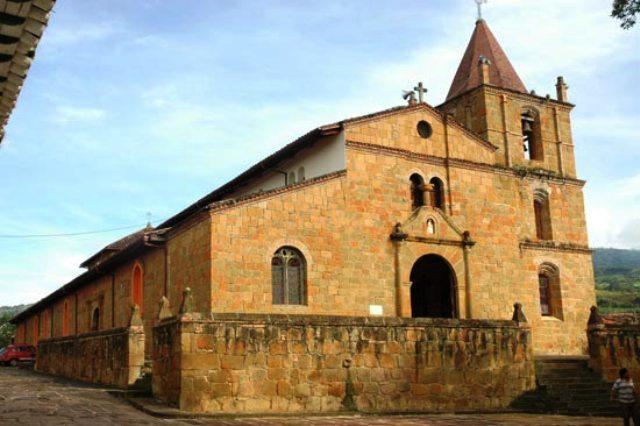 |
San Gil |
| 17,7 Km |
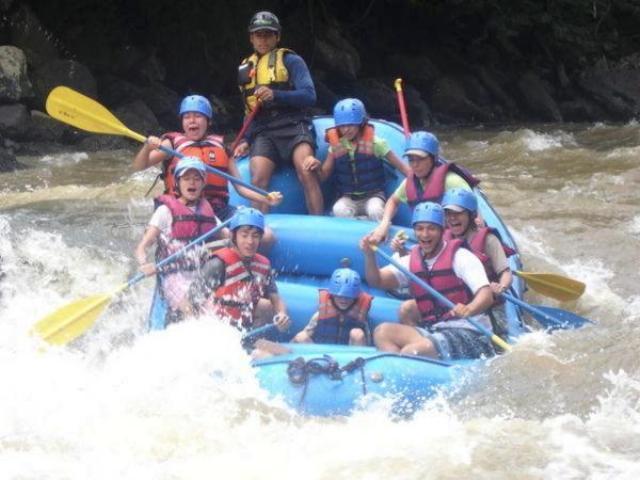 |
El gallineral park |
| 17,7 Km |
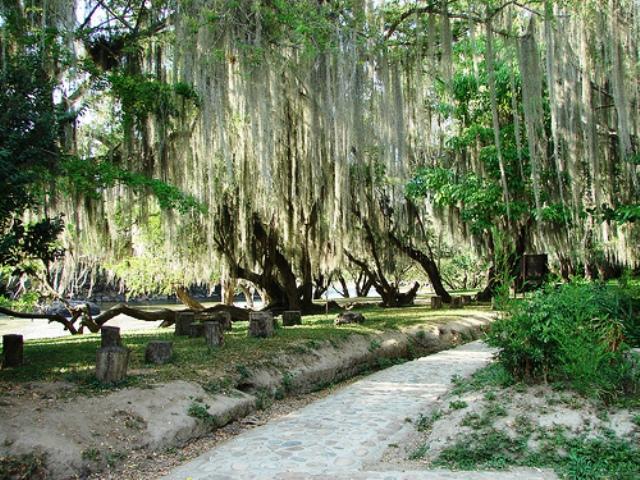 |
Barichara |
| 18,2 Km |
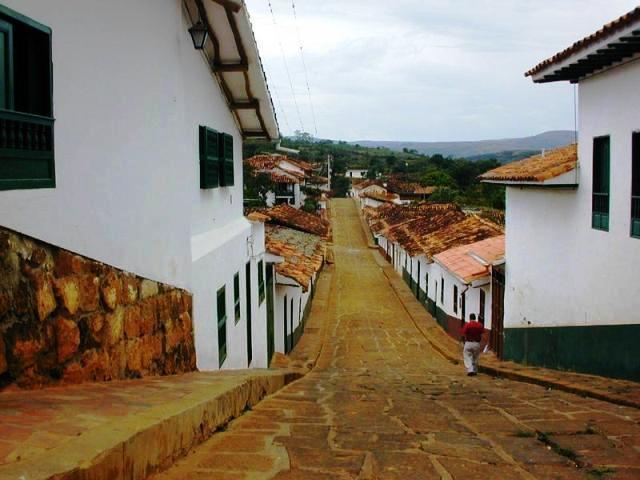 |
Hotel reservation near Town Hall of Our Lady of Socorro de Cossio y Otero within a radius of 20 km
Why to book with TOURISTIC ROUTES
The best prices
Our partnerships with the world´s largest operators offer research on the best market prices.
More options
At Rotas Turisticos you can book the hotel, buy the air ticket, book the transfer from the airport to the hotel and vice versa, book the local excursions, rent the car, take travel insurance and consult the places to visit and where to go.
Holiday Tips & Destinations
Hundreds of holiday destinations with all the options that allow you to easily choose the destination that best suits your dream vacation.
TOURISTIC ROUTES
Links


